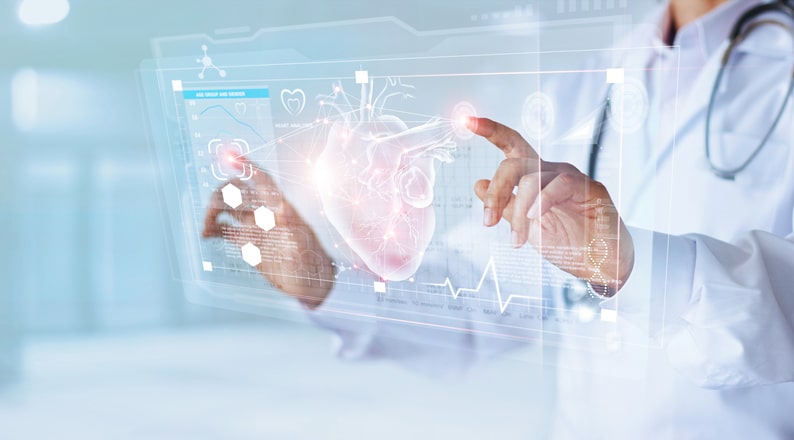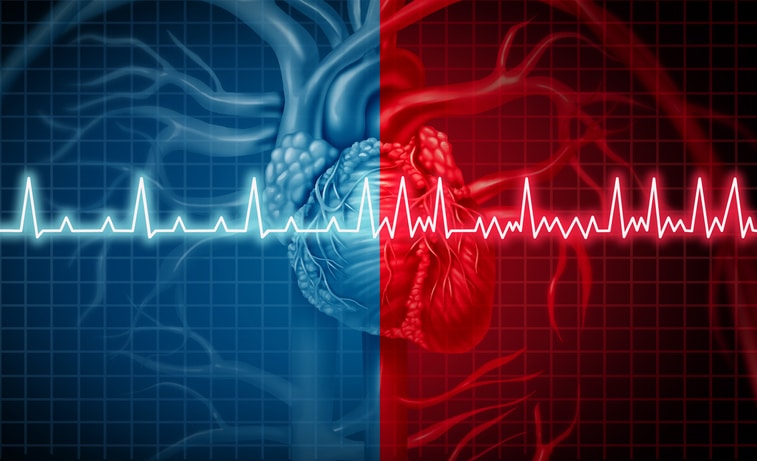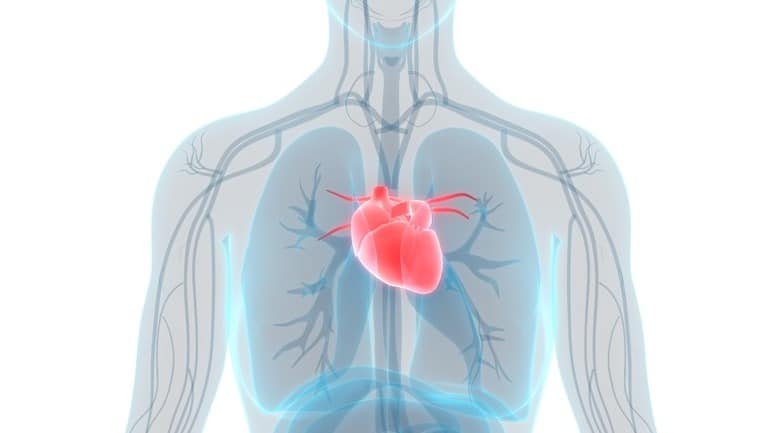What Students in Medical Lab Tech Courses Should Know About Heart Activity
July 05, 2019
The heart sits behind the breastbone and between the lungs, protected by the rib cage. This organ has been thought of by many people throughout history as the centre of the body, for obvious reasons. Every part of the human body depends on the heart and its function, as it is central to life and nourishment. The heart allows oxygen to reach organs and tissues, carbon dioxide to be removed from the body, and hormones and nutrients to travel where they are needed.
Read on to learn how the heart works, how it is structured, and what makes it so integral.
Graduates of Medical Lab Tech Courses Know About the Heart’s Chambers and Muscle
Graduates of medical lab tech courses know that the four chambers of the heart are the right atrium and left atrium on top, with the right ventricle and left ventricle on the bottom. Blood travels into the heart through the right atrium, down to the right ventricle, through the lungs and back into the left atrium, exiting to the tissues and organs via the left ventricle.
Cardiac muscle is found in the walls of the heart. It functions involuntarily and is made up of striated, or long and cylindrical, cells. This muscle tissue is responsible for the beating of the heart, which pumps blood as cardiac muscles contract in the systole phase. The diastole phase is when the muscles relax and blood is drawn into the heart once again. Cardiac muscle differs from smooth muscle, found in organs, and skeletal muscle, found in the rest of the body.

Oxygenated blood exits the heart on the left side, while deoxygenated blood enters on the right
Action Potentials and How They Affect the Heart
An action potential is an electric impulse that produces muscle contraction for movement. With voluntary muscles, a signal comes from the brain telling the muscle to contract, stimulating an action potential in the muscle cell. This occurs with skeletal muscles when they are carrying out movements like walking and typing.
The automaticity of the cardiac muscles, which are involuntary, means that their signal comes from within. The heart receives an electrical current from cells within the walls of the heart called the cardiac conduction system, keeping it beating continuously and automatically.
Circulation and Supplying the Body with Nutrients
The human body has a long network of blood vessels, working to keep oxygen and nutrients supplied to the tissues that need them and re-oxygenate blood that has already delivered vital goods to the rest of the body. Students in a medical lab technician course might know that blood vessels fall into three categories: arteries, veins, and capillaries. The arteries in the body carry blood away from the heart, while veins carry blood to the heart. Capillaries are fine, branching vessels that allow for paths between arterioles and venules.

The heart’s purpose is to circulate blood, delivering nutrients and oxygen
First, blood enters the heart through the right atrium, then goes through the right ventricle and into the lungs via a pulmonary artery. Here the blood is oxygenated, then returned to the heart through the pulmonary vein, into the left atrium. This is referred to as the pulmonary circulation system. It then travels through the left ventricle and out to organs and tissues through the systemic circulation system. Once the blood has made its important deliveries, it returns to the right atrium to begin the process all over again.
Are you interested in medical laboratory assistant schools?
Contact Medix for more information.